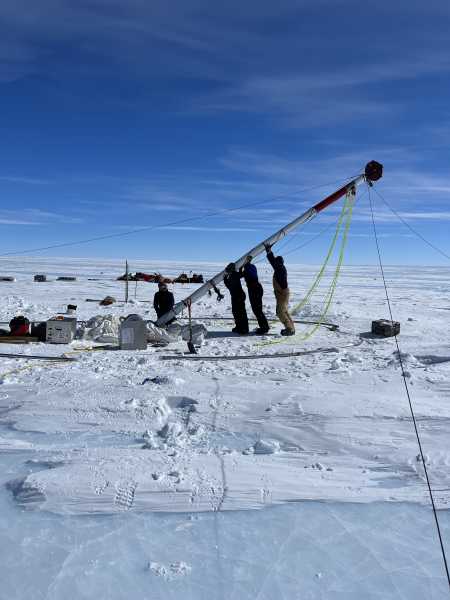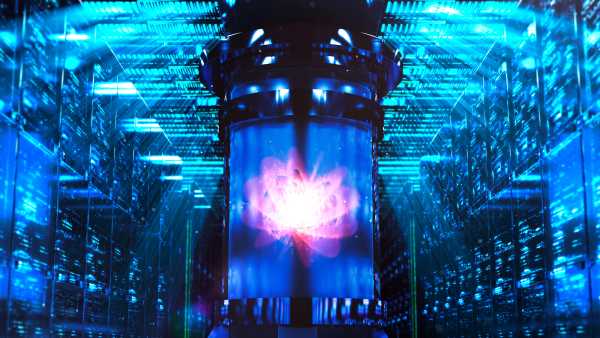
Preliminary calculations show that using 1 gigawatt of power, the proposed new design could produce 4.4 pounds (2 kilograms) of tritium per year. (Image credit: Yuichiro Chino via Getty Images)
Nuclear waste could be converted into a rare isotope needed for nuclear fusion, which could theoretically produce virtually unlimited amounts of clean energy, one scientist says.
A radioactive version of hydrogen called tritium does not occur naturally on Earth, and its production is expensive and limited. At the fall meeting of the American Chemical Society (ACS) this week, Terence Tarnowski, a physicist at Los Alamos National Laboratory, suggested that tritium could be produced from a byproduct of nuclear fission that is used in existing nuclear reactors.
Nuclear fusion is the process of combining atoms to produce heat. Although several fusion reactions could theoretically produce energy, one of the most common is the fusion of tritium with deuterium, another isotope of hydrogen, to produce helium.
You may like
-
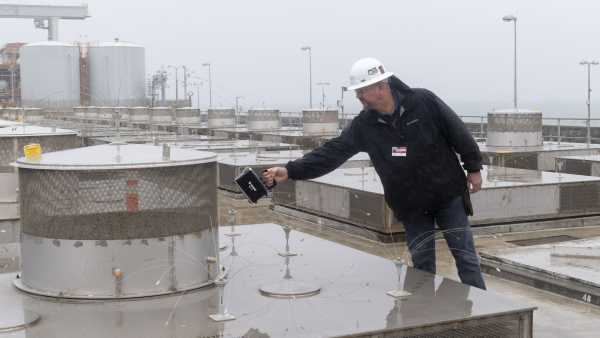
The US has 90,000 tons of nuclear waste. How and where is it stored?
-
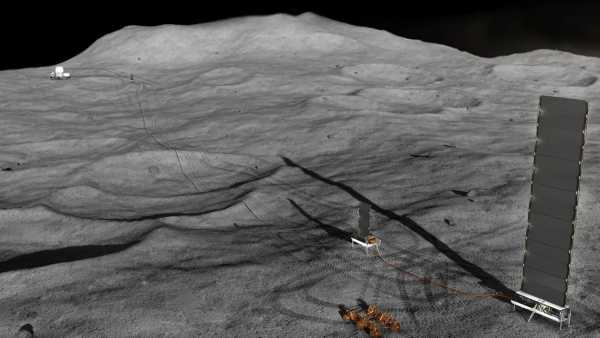
NASA Plans to Build Nuclear Reactor on the Moon by 2030
-

Is it possible to turn other metals into gold?
However, nuclear fusion is currently impossible on a commercial scale because scientists have not yet figured out how to achieve large-scale ignition—the point at which a self-sustaining reaction produces more energy than it puts in.
However, another major obstacle is the cost of fuel such as tritium.
“Nuclear fusion has the potential to provide an emission-free and abundant source of energy,” Tarnowski told Live Science. “But tritium is currently limited in availability and expensive, which is a barrier to the success of this technology.”
Efficient production of tritium
The first generation of fusion reactors to be used in the power grid will likely use a reaction that requires tritium, Tarnowski said. While other fusion reactions, such as deuterium and helium-3, could theoretically be used to generate electricity, they require much higher temperatures and are therefore more expensive and less practical.
Collecting large amounts of tritium, however, poses a problem: The isotope is radioactive and has a very short half-life. Collected tritium decays at a rate of 5.5 percent per year, “so you can’t bank the excess tritium and get it all out in 50 years, as you can with other energy sources,” Tarnowski said.
For future fusion plants to be successful, Tarnowski said, a new, cheaper method of producing tritium would be needed. “We need to have that capability up and running.”
Modern nuclear power plants rely on nuclear fission, which causes atoms to split apart and release energy. However, fission produces significant amounts of long-lived nuclear waste. Spent nuclear fuel — fuel that once powered nuclear fission but is now unusable — consists of unusable uranium and plutonium, as well as fission products such as strontium and iodine isotopes, which can take hundreds of millions of years to decay, according to the U.S. Environmental Protection Agency.
Tarnowski proposes to extract tritium from the vast amounts of still-radioactive nuclear waste by using a particle accelerator to split the atoms in the waste. The split atoms would undergo a series of reactions that would eventually produce tritium. This process would not destroy the nuclear waste, since the residual products of the process would be as dangerous as the original material, but the by-product would have further uses.
The basic design principles are not new, but recent technological advances could make this method of producing tritium significantly more efficient, Tarnowski said in an ACS statement.
Tarnowski estimates that by consuming 1 gigawatt of power, which costs at least tens of millions of dollars, the system could produce 4.4 pounds (2 kilograms) of tritium per year. That amount of tritium, if used for fusion, would be enough to power tens of thousands of U.S. homes for a year.
Tarnowski estimates that this design will produce 10 times more isotope than other methods using the same amount of energy.
“A very big paradigm shift”
Tarnowski said in a statement that the U.S. currently lacks a stable, predictable, and cheap supply of tritium, which costs about $15 million per pound ($33 million per kilogram). Meanwhile, we have thousands of tons of nuclear waste that is expensive to store and potentially dangerous to the environment.
RELATED STORIES
—French scientists beat Chinese record for thermonuclear fusion on “artificial sun” by 25%
— Physicists have solved the mystery of nuclear fusion with the help of mayonnaise
— A record has been broken in the field of nuclear fusion: German scientists have made a “significant step forward” towards virtually unlimited clean energy.
“This technology is possible today,” he told Live Science. “It would be a major paradigm shift in how we use spent nuclear fuel, which we already have and which is owned by the government.”
Before Tarnowski can develop a full proposal for how this would work, there are still many details to be worked out.
But Tarnowski is pleased that his project is now being viewed favorably, given that nuclear accidents like Three Mile Island and Chernobyl made nuclear power taboo just a few decades ago. “Times have changed,” he told Live Science.

Perry ThalerSocial Link NavigationIntern
Perry Thaler is an intern at Live Science. Her interests include space, technology, and the physical sciences, but she also enjoys exploring other topics like renewable energy and climate change. Perry studied astronomy and economics at Cornell University, then worked in policy and technology at NASA, and then researched paleomagnetism at Harvard University. She is currently pursuing a master’s degree in journalism at New York University, and her work has appeared on ScienceLine, Space.com, and Eos.
You must verify your public display name before commenting.
Please log out and log back in. You will then be prompted to enter a display name.
Exit Read more
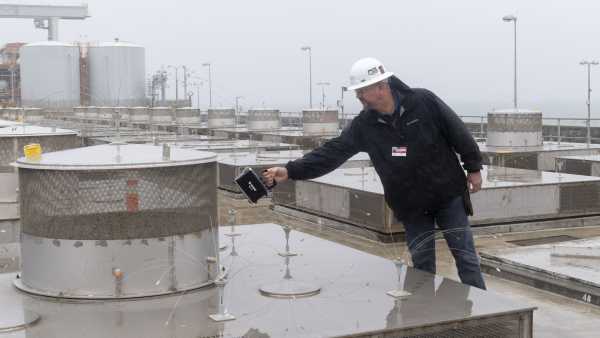
The US has 90,000 tons of nuclear waste. How and where is it stored?
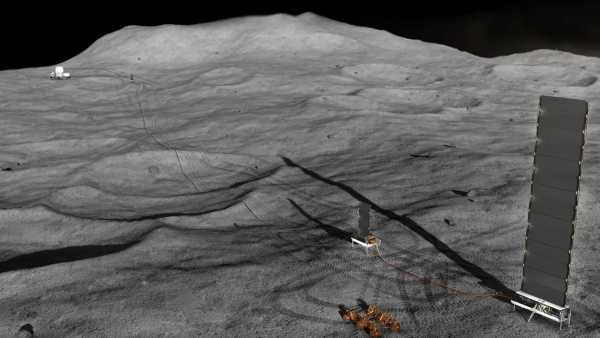
NASA Plans to Build Nuclear Reactor on the Moon by 2030

Is it possible to turn other metals into gold?
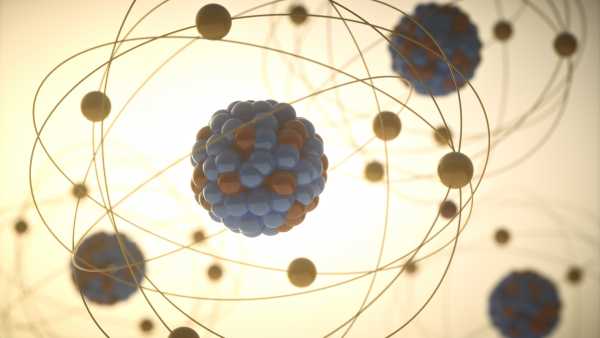
'Neutron Lifetime Mystery' May Have New Solution
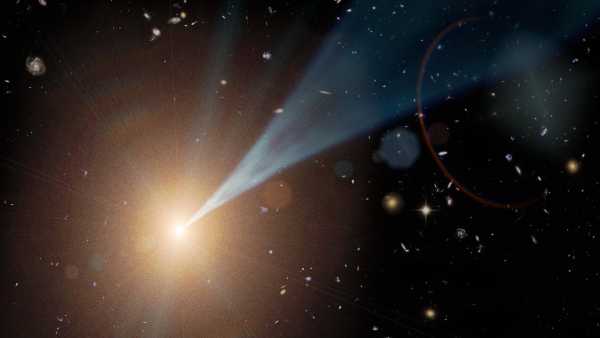
Faced with sharp funding cuts, scientists propose using black holes as particle colliders

Scientists Turn 'Forever Chemicals' in Water into Fluoride with New Process Latest Nuclear Energy News
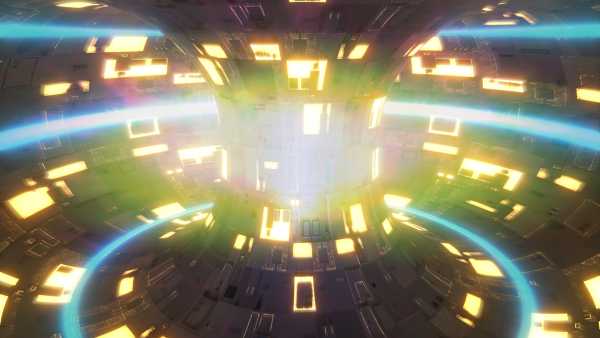
Nuclear fusion record broken: German scientists take 'significant step forward' towards virtually unlimited clean energy
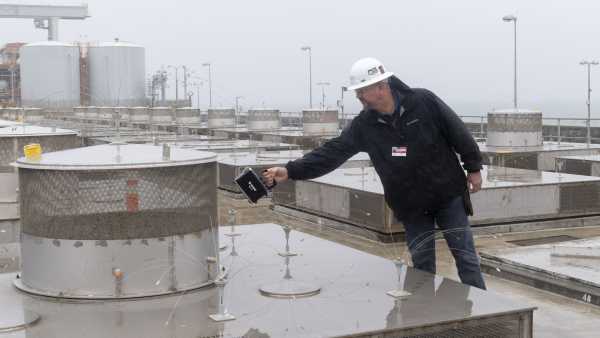
The US has 90,000 tons of nuclear waste. How and where is it stored?
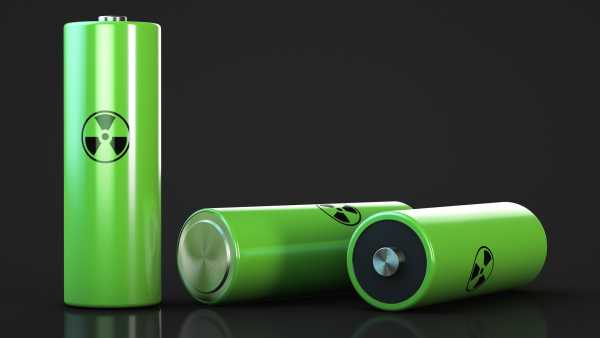
This 'Glow-in-the-Dark' Battery Runs on Nuclear Waste
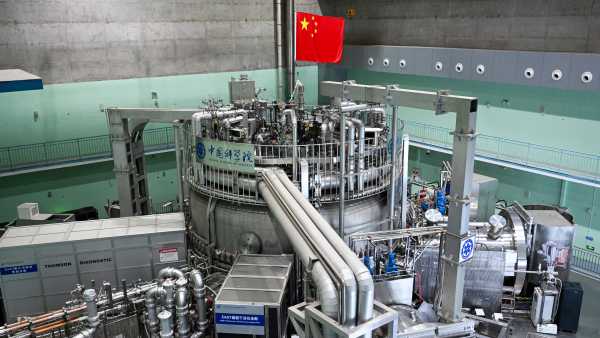
China's 'artificial sun' breaks nuclear fusion record by creating stable plasma loop for 1,000 seconds
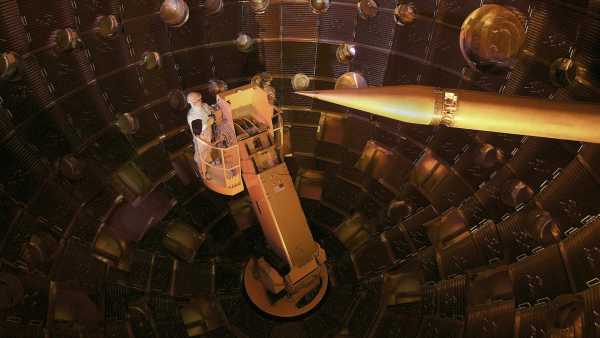
Nuclear fusion could be the clean energy of the future, but there are some tough hurdles to get there.
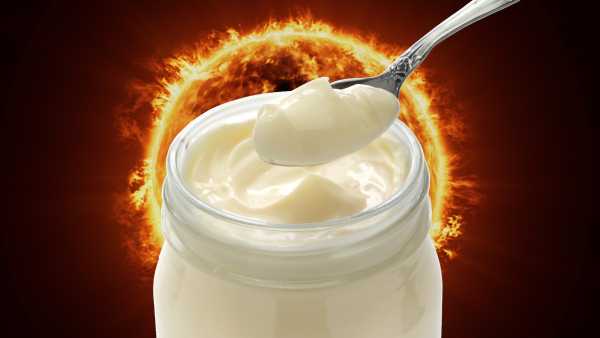
Physicists Solve Mystery of Nuclear Fusion with Mayonnaise. Latest News
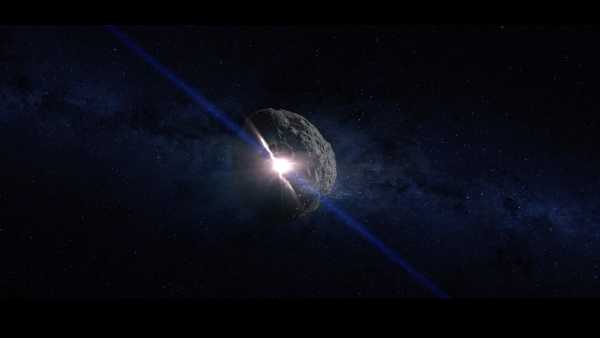
Asteroids Bennu and Ryugu May Be Long-Lost Siblings, JWST Hints

The first Americans had Denisovan DNA. And it may have helped them survive.
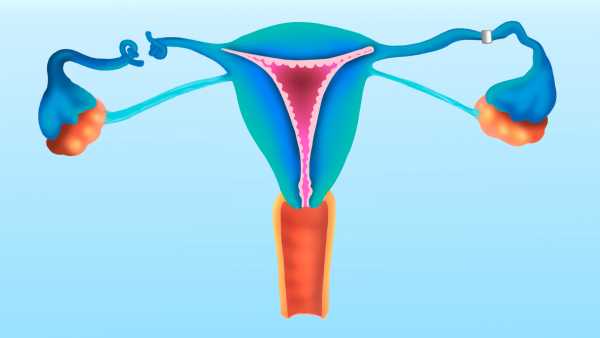
How does the tubal ligation procedure work?

In September we will have an “equinox eclipse”
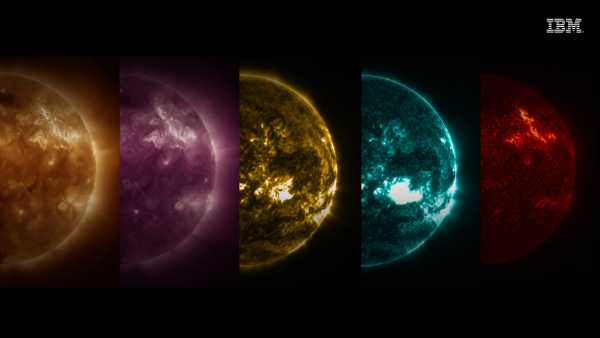
IBM and NASA create first-of-its-kind AI capable of accurately predicting powerful solar flares
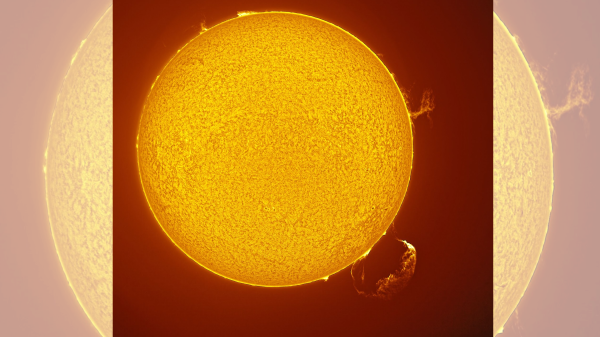
Solar Tornado Rages Across Sun, Spewing Giant Plasma Plume LATEST ARTICLES
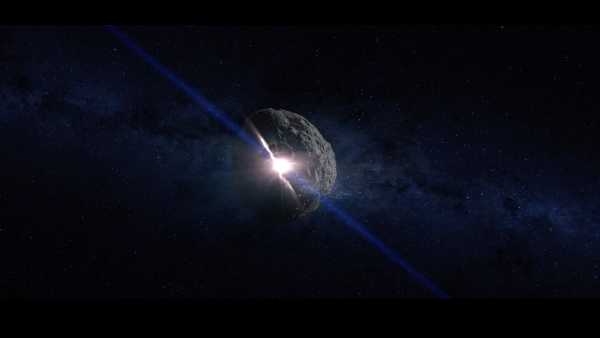
1The James Webb Space Telescope shows that asteroids Bennu and Ryugu may be parts of the same giant space rock.
Live Science is part of Future US Inc., an international media group and leading digital publisher. Visit our corporate website.
- About Us
- Contact Future experts
- Terms and Conditions
- Privacy Policy
- Cookie Policy
- Accessibility Statement
- Advertise with us
- Web Notifications
- Career
- Editorial Standards
- How to present history to us
© Future US, Inc. Full 7th Floor, 130 West 42nd Street, New York, NY 10036.
var dfp_config = { “site_platform”: “vanilla”, “keywords”: “type-news-daily,serversidehawk,videoarticle,van-enable-adviser-
Sourse: www.livescience.com




